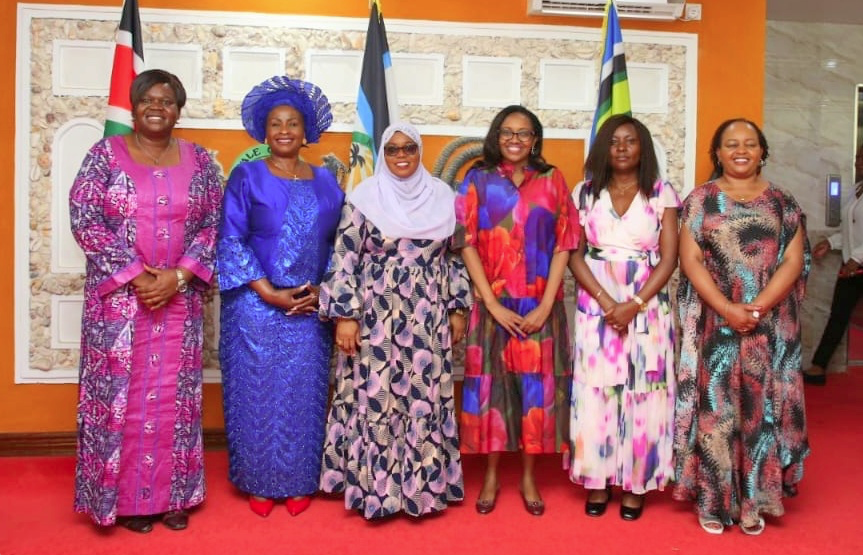Environmental Health: Challenges, Opportunities, and the Path Forward
This article discusses the challenges and opportunities in the field of environmental health, focusing on issues like climate change, chemical exposure, and environmental justice. It highlights notable examples such as the Bhopal disaster and community initiatives in New Zealand while showcasing the importance of policy changes, community engagement, and technology in addressing these challenges.

Introduction
Environmental health represents a critical intersection of human well-being and environmental integrity. As the effects of pollution, climate change, and urbanization become increasingly pronounced, understanding and addressing environmental health challenges is more urgent than ever. In this article, we will discuss the various challenges faced in the realm of environmental health, highlight notable opportunities for improvement, and present examples that demonstrate positive outcomes.

Key Environmental Health Challenges
1. Climate Change
Climate change poses an overarching threat to environmental health. Rising temperatures, increased frequency of extreme weather events, and changing precipitation patterns can exacerbate health issues, particularly for vulnerable populations. Heat waves can lead to heat-related illnesses, while floods can spread waterborne diseases.
Example: The heat waves in Europe during the summer of 2019 resulted in thousands of heat-related deaths, particularly among the elderly and those with pre-existing health conditions. Public health officials have responded by developing early warning systems and heat action plans to protect vulnerable populations during such events.
2. Chemical Exposure
Exposure to hazardous chemicals and pollutants remains a significant environmental health concern. Industrial activities, agricultural practices, and the use of household products can release harmful substances into the air, water, and soil, with dire consequences for human health.
Example: The Bhopal disaster in India is one of the worst industrial accidents in history, resulting from a gas leak at a pesticide plant. Thousands were killed, and many others suffered long-term health effects. This tragedy led to increased scrutiny and regulation of chemical industries worldwide, highlighting the necessity of stringent safety practices to prevent such disasters.
3. Environmental Justice
Disparities in environmental health outcomes often reflect broader social inequalities. Low-income communities and marginalized groups frequently bear the brunt of environmental hazards, facing disproportionate exposure to pollution, limited access to healthcare, and insufficient resources to address health problems.
Example: In the 1980s, residents of Warren County, North Carolina, protested against the siting of a hazardous waste landfill in their community, raising awareness about environmental racism. This movement helped to catalyze the environmental justice movement in the United States, leading to legislative changes that aim to address disparities in environmental exposure.
Opportunities for Improvement
1. Policy Initiatives
Governments worldwide are increasingly recognizing the need for stronger policies to protect environmental health. Implementing and enforcing regulations on pollution, waste management, and resource conservation can help create healthier environments.
Example: The Clean Air Act in the United States has significantly improved air quality since its enactment in 1970. The Act empowers the Environmental Protection Agency (EPA) to set standards for emissions, ultimately leading to decreased rates of asthma and other respiratory diseases.
2. Community Engagement
Engaging communities in decision-making processes promotes local stewardship over environmental health. Involving residents in creating and implementing solutions can lead to more effective and culturally relevant approaches to environmental issues.
Example: The "Healthy Communities Initiative" in New Zealand empowers local communities to assess their environmental health challenges and develop tailored solutions. By facilitating community engagement, the initiative fosters collaboration and shared ownership of health outcomes.
3. Technological Innovation
Emerging technologies have the potential to revolutionize environmental health practices. Innovations in renewable energy, water purification, and pollution monitoring can lead to more sustainable and effective solutions.
Example: The use of drones for monitoring air quality has become increasingly popular. Cities like Los Angeles utilize drone technology to gather real-time data on pollution levels, enabling them to respond swiftly to environmental health concerns and improve air quality management.
Conclusion
Environmental health encompasses a broad range of factors that affect human well-being, from climate change to chemical exposure and social inequities. While challenges abound, there are significant opportunities for positive change through policy initiatives, community engagement, and technological advancements. By prioritizing environmental health, we can create healthier, more equitable communities for all.
What's Your Reaction?





































































































